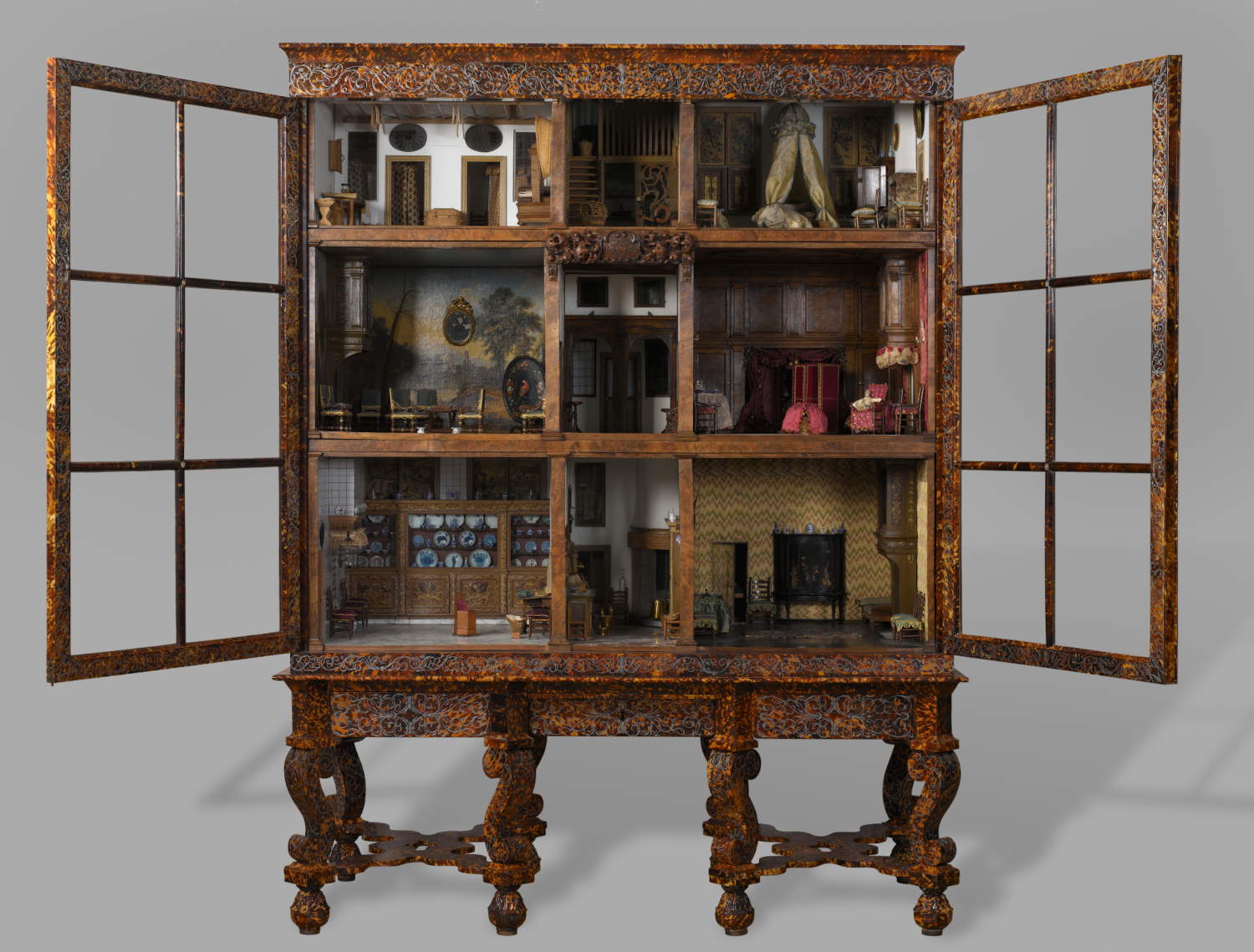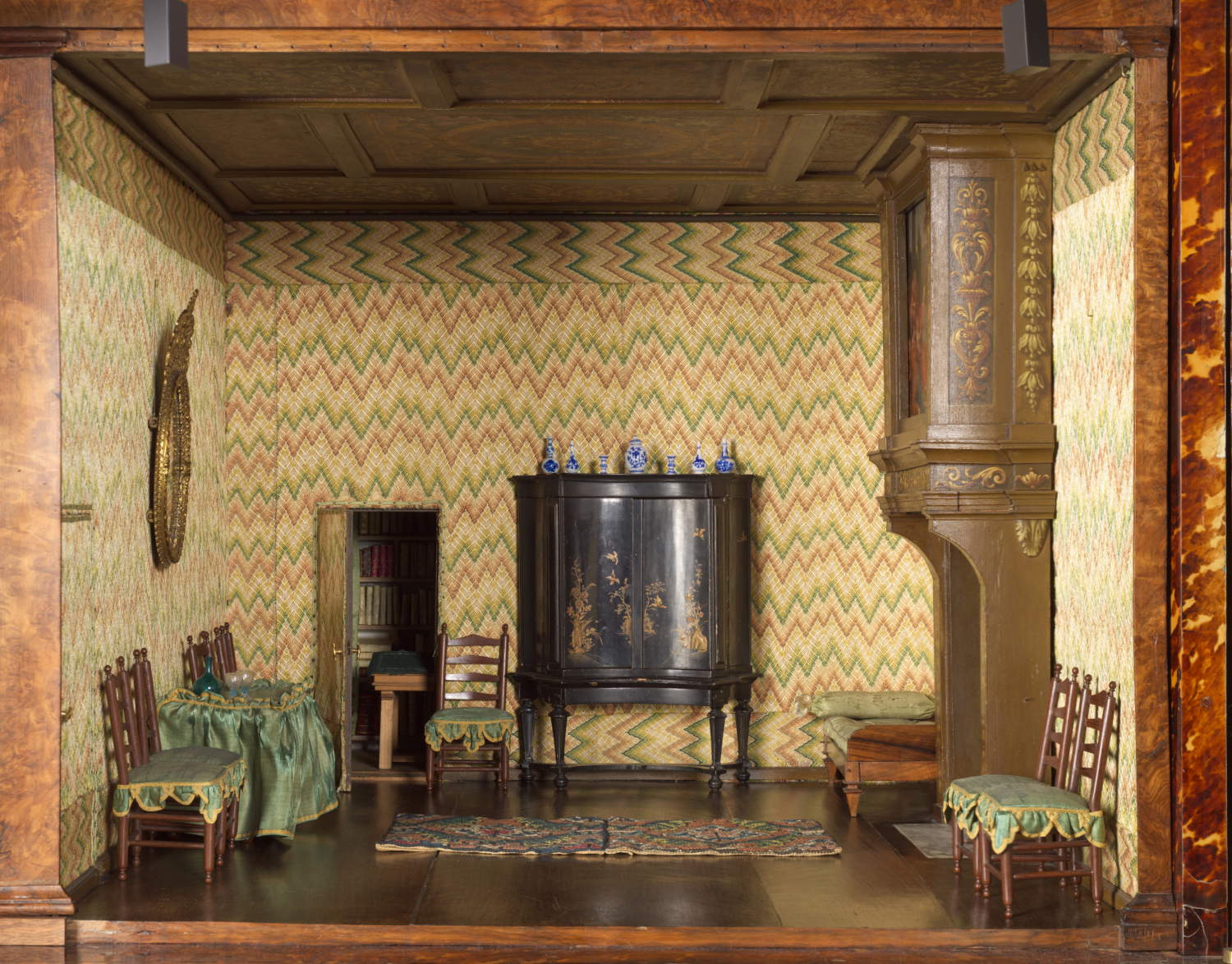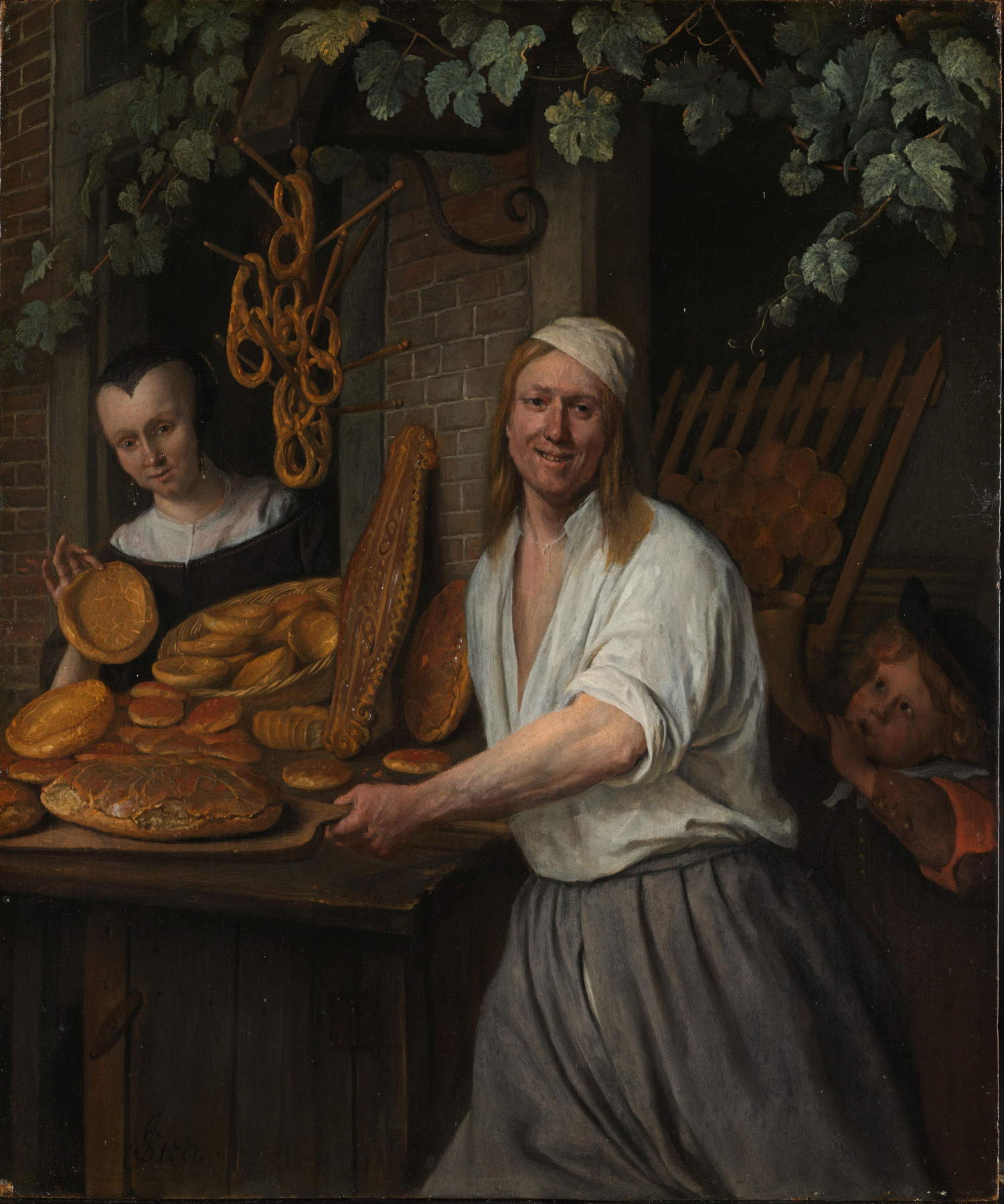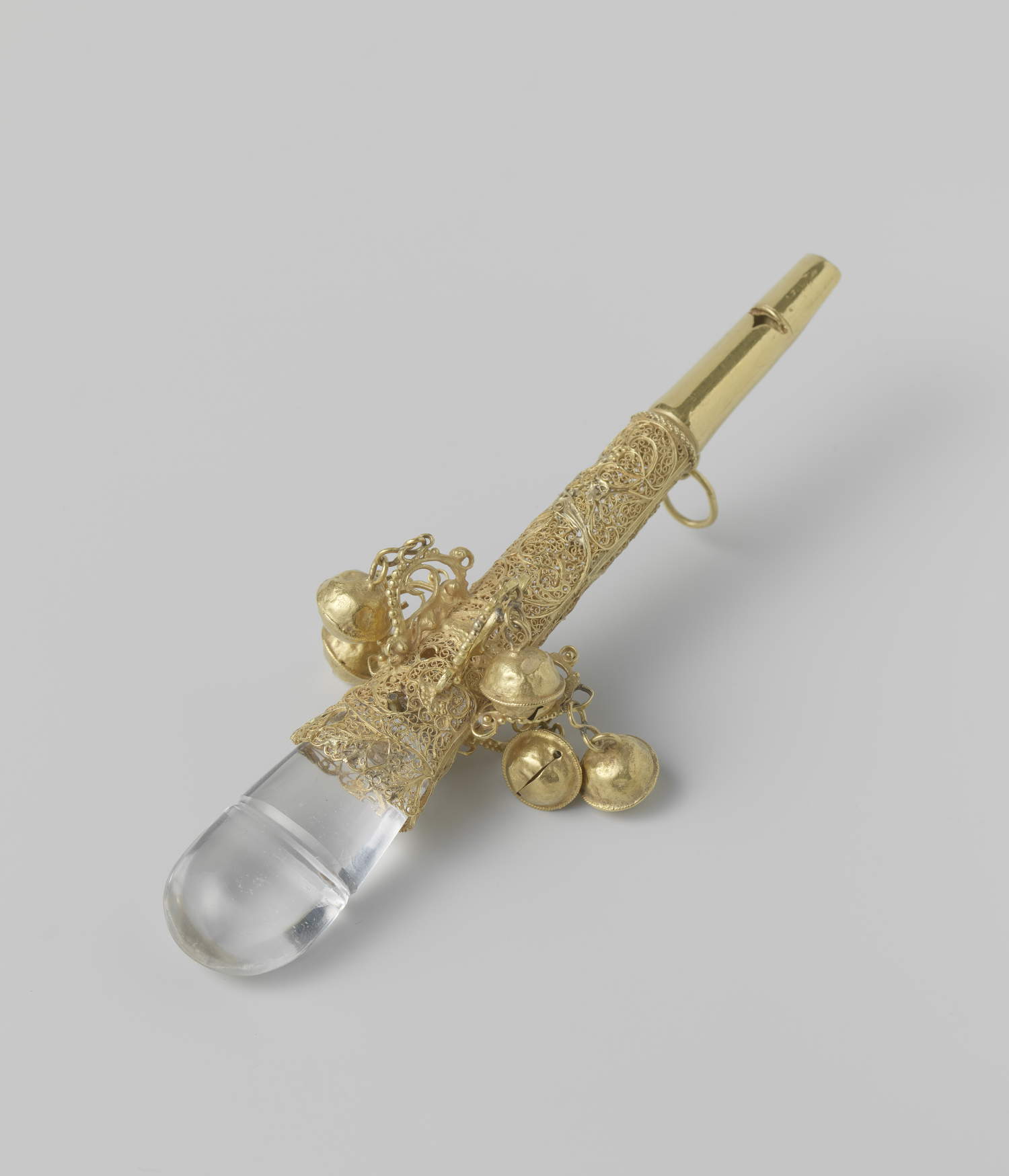This fall, the Rijksmuseum in Amsterdam invites the public to immerse themselves in the everyday life of the 17th century with At Home in the 17th Century, a major exhibition intended to explore domestic life in the time of Rembrandt, Vermeer, and Frans Hals. Visitors will be able to follow the typical day of families, parents, and children from all walks of life more than three centuries ago, from early morning awakening to evening, as they traverse the nine galleries of the museum’sPhilips Wing transformed into diorama-style sets thanks to the ingenuity of Dutch artist Steef de Jong, who chose cardboard as the main material for the layout.
The exhibition combines art and everyday objects, bringing the decorative arts into dialogue with evidence of daily life from more than three centuries ago. Among the most significant pieces are the famous dollhouses of Petronella Oortman and Petronella Dunois, extraordinary for their richness of detail and ability to depict the domestic world of the time with precision and poetry. Petronella Oortman’s house, in particular, made between 1686 and 1710, is one of the Rijksmuseum’s most important objects and has recently been digitized for the first time. It was never intended as a child’s toy, but as a true work of art. Today it represents a valuable testimony capable of telling a lot about life in the 17th century. Indeed, it still contains many of the everyday household objects, such as utensils and other items, which tend to disappear with the passing of centuries.
Central to the exhibition are personal stories: families, individuals, destinies. Such as that of the Boudaen Courten family of Zeeland province, whose gilded furniture, portraits and even a bladder stone removed during a surgery of the time survive. All these objects, displayed together for the first time in centuries, render an intimate and realistic portrait of their existence. Alongside them, the figure of young Eva Wtewael also emerges, immortalized in 1628 by her father Joachim as she sews with composure in front of a linen closet and a prayer book on the table. The image, an idealization of the perfect housewife, confronts the fate of the girl, who died just seven years after the painting was made, without ever marrying.


The exhibition also opens up to the hidden world of cesspools. In collaboration with Archeologie West Friesland, curators analyzed artifacts recovered from the 17th-century septic tank from the home of the mayor of Hoorn and his family, the Soncks. The dishes, food scraps, and pots and pans tell the story of what was on the family’s table, offering detailed information about their eating habits. Similarly, the biological pits found on the island of Vlooienburg in Amsterdam offer a glimpse into the lives of Portuguese immigrants who brought their pottery and flavors with them.
The entire exhibit, designed by Steef de Jong, a theater and visual artist known for his life-size cardboard scenarios, transforms the museum into a real 17th-century house. His design consists of nine diorama-style spaces that serve as settings for the domestic activities of the time at different times of the day. De Jong, who trained at the Gerrit Rietveld Academie, has created a narrative space that echoes the visual power and poetry of his plays.
The graphic design of the exhibition and accompanying book is by Irma Boom Office. The book, edited by the museum’s scientific team, offers a new perspective on 17th-century daily life thanks to contributions by Sara van Dijk (curator of textiles), Maartje Brattinga (curator of glass), Alexander Dencher (curator of furniture), Femke Diercks (head of decorative arts), Suzanne van Leeuwen (curator and jewelry restorer) and Marijn Stolk (archaeologist).
Prominent among the collaborations activated for the occasion is one with Sam and Julia, the Mouse Mansion characters from Karina Schaapman’s Mouse Mansion, who will offer children a playful and creative approach to the exhibition. POLSPOTTEN is also participating in the project, with a table service inspired by the Rijksmuseum’s collection.
The exhibition is made possible thanks to the support of numerous organizations and donors, including Rijksmuseum Friends, Stichting Zabawas, Stichting Thurkowfonds, and the Rijksmuseum Fonds.


 |
| At the Rijksmuseum, a large immersive exhibition takes us to Dutch homes in the time of Rembrandt and Vermeer |
Warning: the translation into English of the original Italian article was created using automatic tools. We undertake to review all articles, but we do not guarantee the total absence of inaccuracies in the translation due to the program. You can find the original by clicking on the ITA button. If you find any mistake,please contact us.